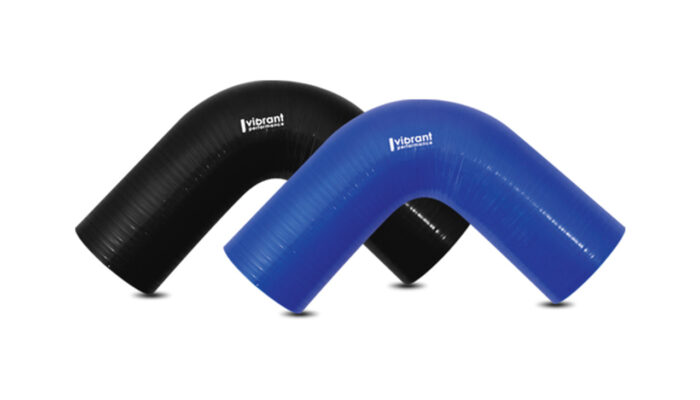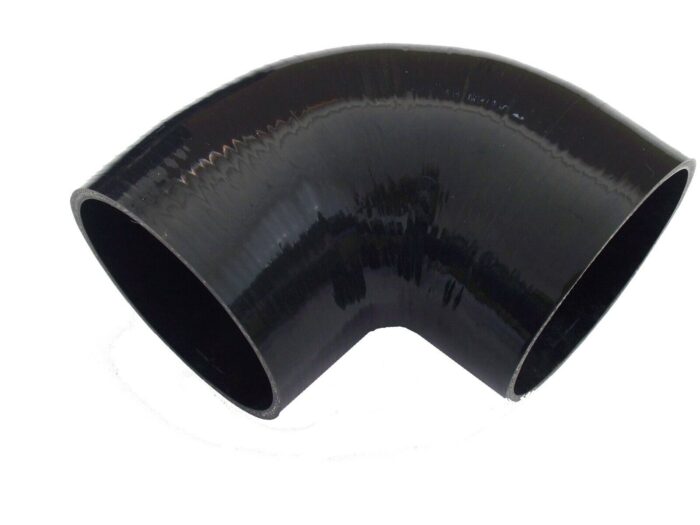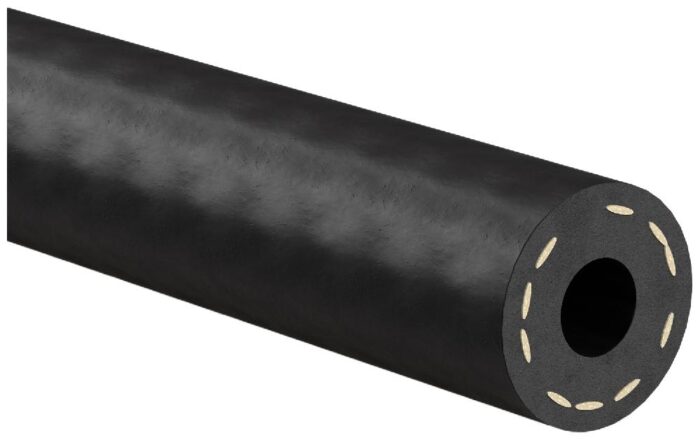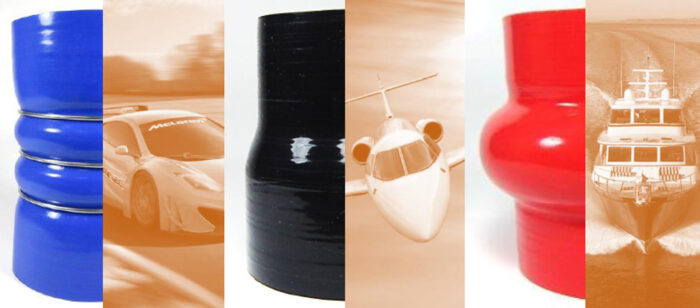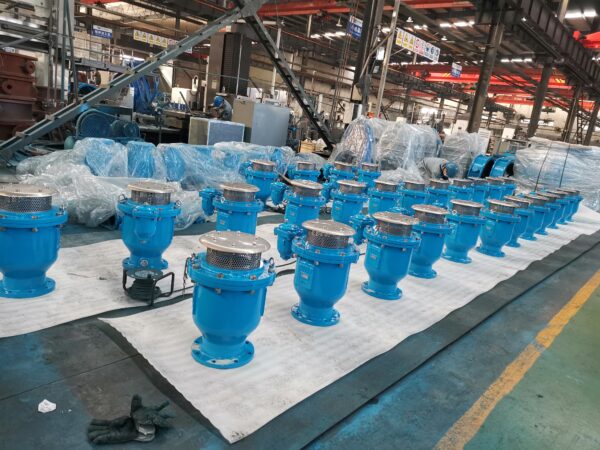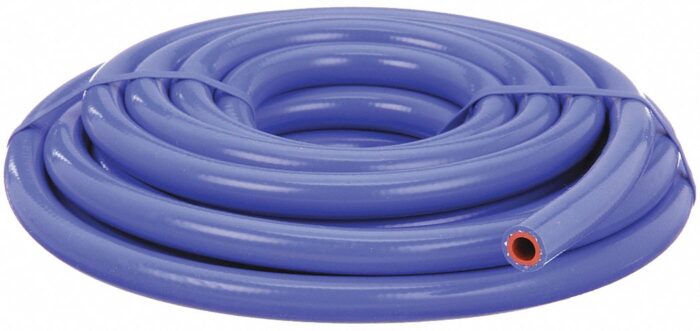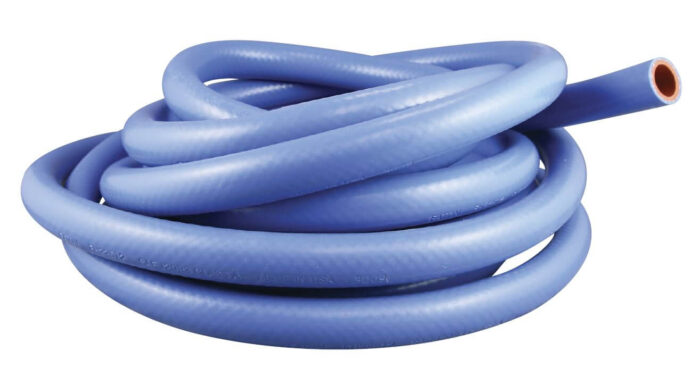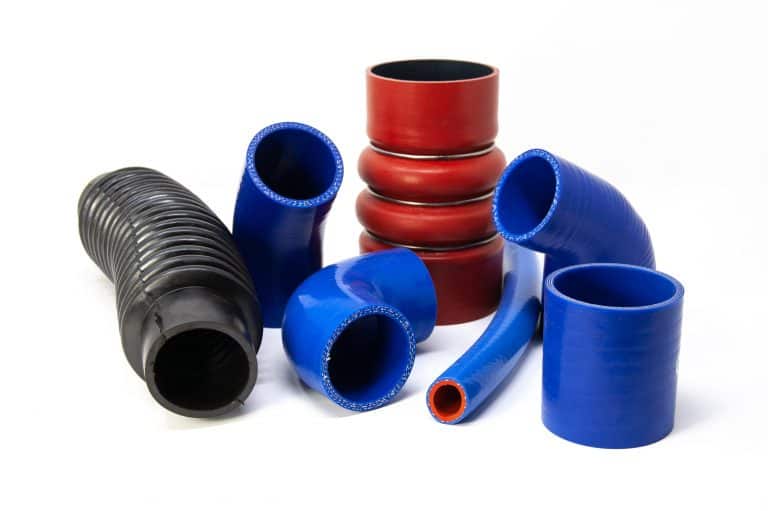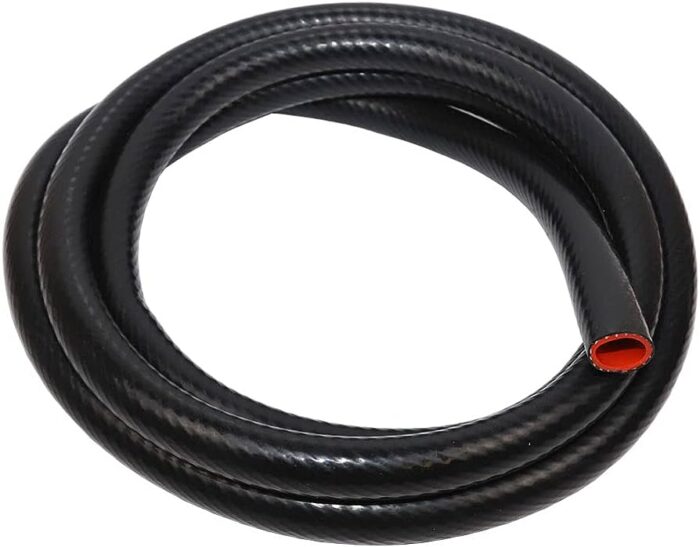First of all, we must understand that the silicone heating tube device is based on silica gel as the base material production, and silicone belongs to the thermoforming process, then it is necessary to NTC temperature sensors in the production process using high-temperature-resistant materials, or else in the molding can not withstand high temperatures and melt fracture, so the silicone heating tube device NTC is generally Teflon cable and epoxy resin wrapped in order to use the sensors, while the silicone heating tube The standard value of NTC resistance in the device should be in the MF52: R25 (<20KΩ) ± 10%, so it is more ideal NTC will also be more applicable.
Another is because the silicone heating tube device is a temperature heating, then the NTC sensor at different temperatures under the working value is also some changes.
![]()
1.≤ 25 ° C resistance value of NTC what kind of changes will occur, the test conditions for Ta / 25 °, Pt ≤ 0.1mW, then the lower limit value of the resistance value of the heating silicone tube device should be in the 9.9 ~ 10Min, the core value should be in the 10 Ω, while the upper limit can not exceed 10.1K Ω, the positive and negative values the smaller the better so that the later response out of the data is also more real and stable, if the NTC If the NTC sensor is not in accordance with the standard use of reasonable then silicone heating tube device can not be used after all, even if the silicone can withstand high temperatures of 200 ° can also meet the requirements of food-grade FDA, NSF and other requirements of the NTC sensor is also sealed by the silicone silicone skin can not be exposed. The relationship between the two is that the silicone provides ornamental as well as airtight and environmentally friendly grade of the material, while the NTC sensor is also sandwiched between the silicone when used can not be seen to provide a closed-loop information transfer for the entire system as well as temperature control protection! The two complement each other without interfering with each other, but the silicone heating tube device is indispensable to meet the requirements.
2.≤ 50 ° C resistance value to be controlled at 3.59 Ω, because the silicone heating tube device has the external dimensions of the strict management requirements, so the NTC sensor directly also has the size of the sensor can not be used thicker sensor cable must be precise and also have a good resistance value, the normal understanding of the cable is the thicker the resistance value of the error is small and vice versa is the same, if you want to find a small and precise NTC sensor is not that easy, and the silicone heating tube device must meet the requirements of the system. Easy, and silicone heating tube device requires this requirement between the two have conflicting points to take an average value to meet the requirements of multiple parties.
